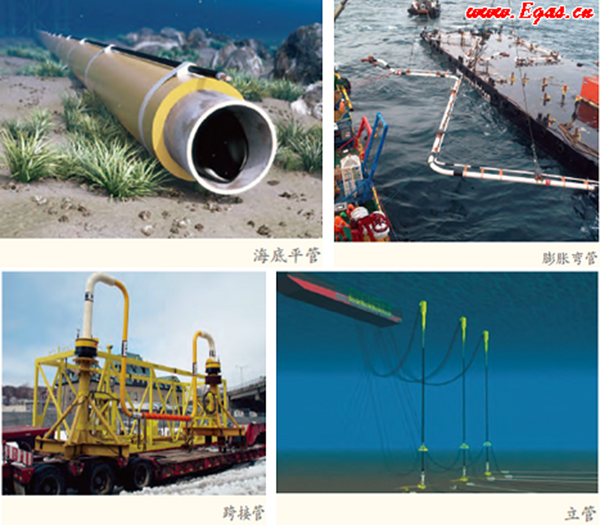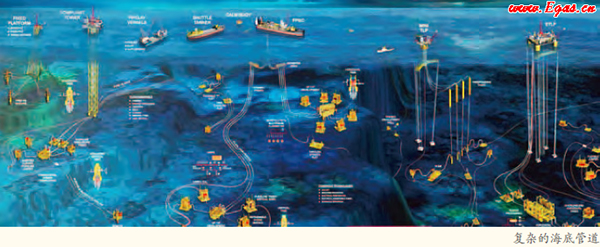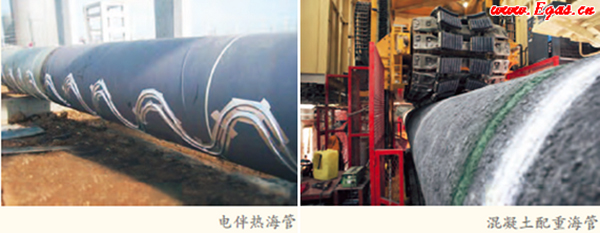No matter what kind of scheme is adopted for offshore oil and gas fields, it
is necessary to transport oil and gas from the inside of the formation to the
platform, FPSO, or onshore terminal. Laying submarine pipelines is the most
direct and effective transportation method. Submarine oil and gas pipelines are
the "lifeline" of offshore oil and gas production systems. The longest submarine
pipeline in the world is the Langled pipeline from Norway to the United Kingdom,
with a total length of 1,200 kilometers. It was put into operation in 2007. The
world record for the depth of the sea where the pipeline is located is 2775
meters, which was created by the "Solitaire" pipelaying vessel. At present, the
submarine oil and gas pipelines laid in China exceed 6,000 kilometers. The
longest submarine pipeline is the Yacheng 13-1 gas field, and the gas pipeline
is 778 kilometers long.
What does a subsea oil and gas pipeline look like?
Submarine pipes are pipes that are laid on the sea floor and continuously
transport oil, gas, and water. For example: Offshore oil and gas facilities are
all valuable "points". Only by connecting "points" through "lines" such as oil
and gas pipelines can a complete system be formed and the overall value of the
production system be brought into play. Submarine pipelines mainly include flat
pipes, expansion elbows, and risers. Submarine flat pipes are laid on the sea
floor and are the main force for submarine oil and gas transportation. Expansion
bends are used to connect flat subsea pipes to risers. Affected by the
temperature difference of seawater, the steel pipe has the phenomenon of thermal
expansion and contraction, and the expansion bend can compensate for the change
in the length of the sea pipe. The riser is a vertical pipeline on the sea
floor, connecting the flat sea tube to the offshore production facilities. Deep
water risers usually stand in the water in a free state, such as top
pre-tensioned risers (TTR), steel catenary risers (SCR), flexible risers, tower
risers, and so on. In addition, a crossover pipe is also necessary, which
connects the tree and the production manifold. According to the different output
(oil, gas, water) and output of the oil field, select the corresponding pipe
diameter and structure of the subsea pipe. Theoretically, the larger the output,
the thicker the pipe diameter.


In order to prevent the hydrates formed by deep water, low temperature and
high pressure from blocking sea pipelines, thermal insulation pipelines are
needed; while offshore heavy oil needs to be transported after the platform is
heated, it is necessary to use hot oil transportation technology and thermal
insulation pipeline structure. Electric heat tracing subsea pipe adds "warm
baby" to the subsea pipe. In order to increase the stability of the pipeline,
concrete counterweight sea pipes emerged at the historic moment.

The different materials of the submarine pipe determine the production cost,
anti-erosion ability, gravity requirements and performance during welding. At
present, carbon steel API 5L X56 and above are generally used.
Note: If you found anything violating your copyright, please contact us, we would remove them as soon as possible.






